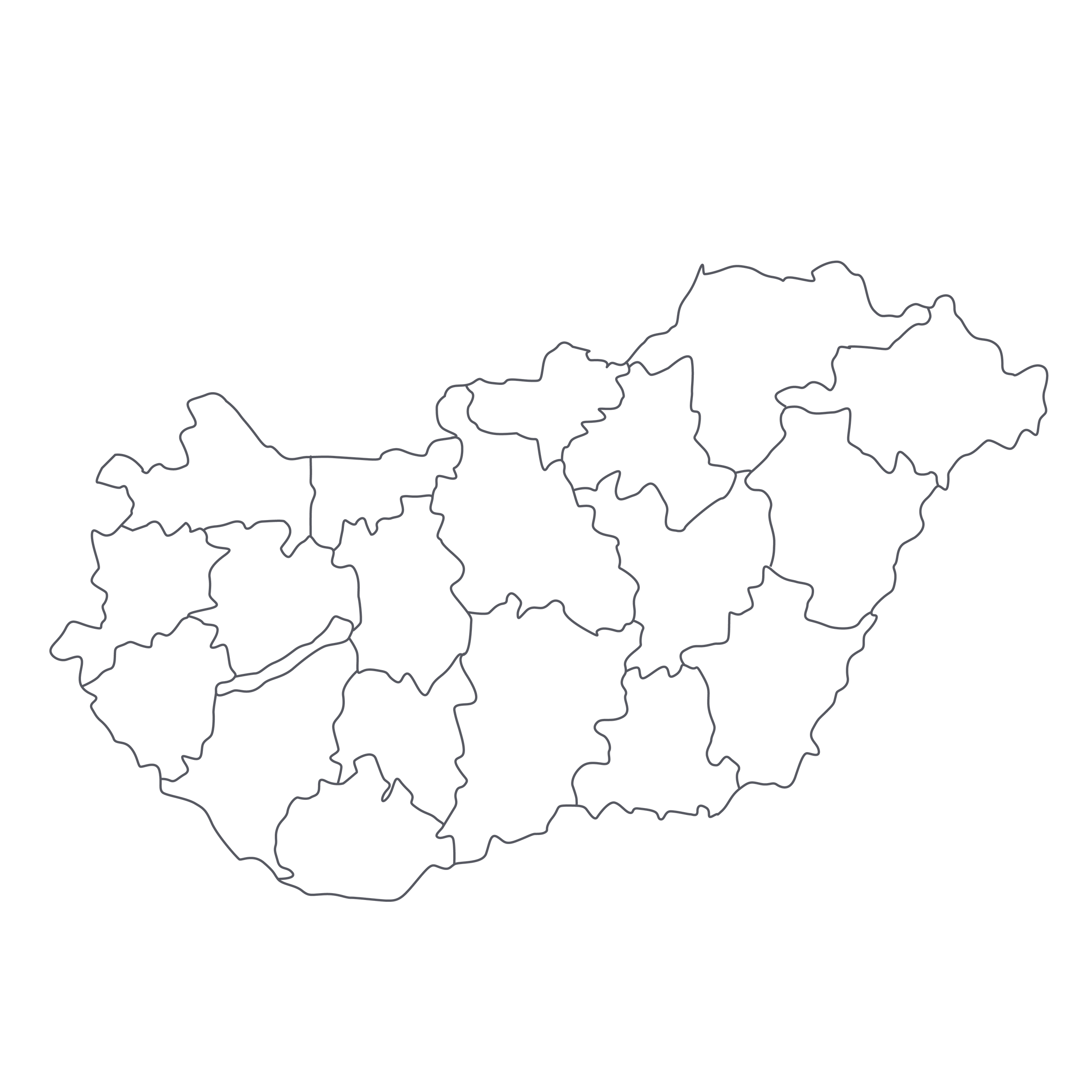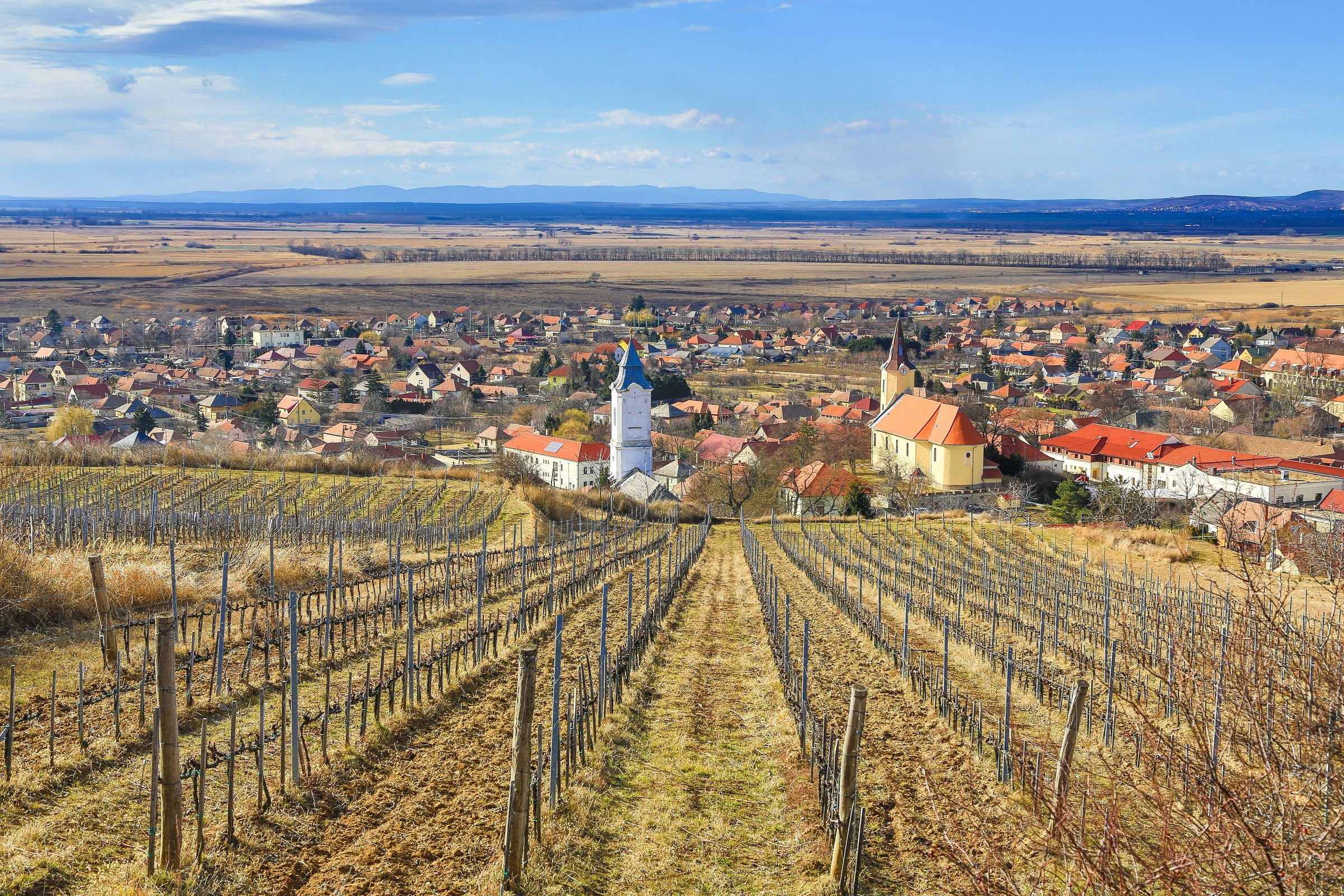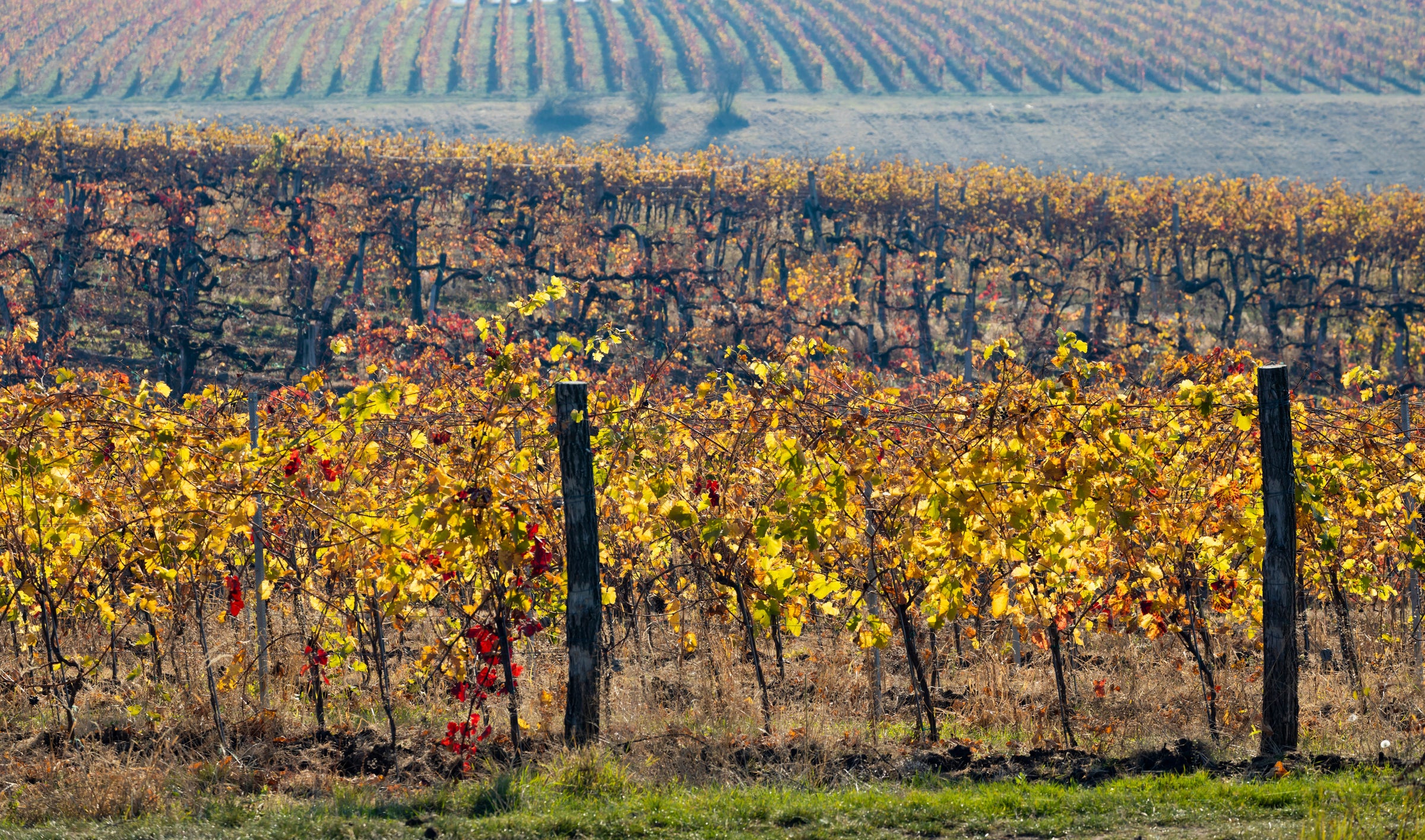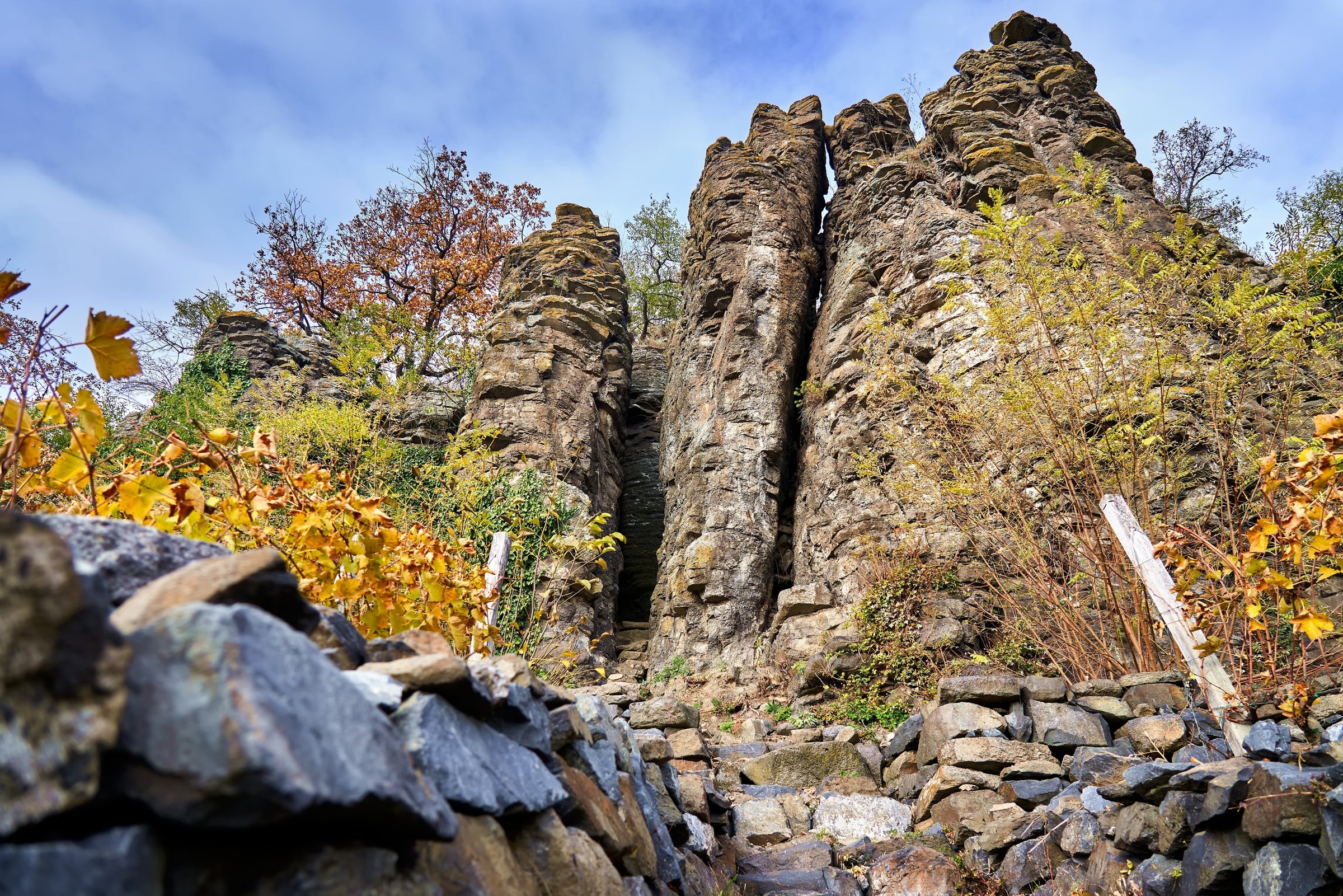The importer of today’s wine describes it as hailing from the “New Old World,” which is a clever turn of phrase: The Tokaj region of northeastern Hungary is one of the oldest “Old World” appellations of them all, but for all its rich history, Zoltán Demeter may as well have been starting from scratch when he launched his winery in 1996.
As revered as the sweet, botrytis-influenced aszú wines of Tokaj may be—they’re referenced in Hungary’s national anthem, for crying out loud—dry whites from the Furmint grape are still a new frontier for many wine lovers. But there is a dry Furmint revolution afoot, and Zoltán has been on the front lines. Along with another well-known Hungarian winemaker, István Szepsy, Zoltán was instrumental in bringing dry Furmint wines to prominence in the early 2000s, when both men worked at the Kiràlyudvar Winery. Having traveled the world to study and make wine, Zoltán is convinced that dry Furmint belongs in the most select white-wine company—and today’s succulent, mineral-drenched 2018 is indeed very convincing. This is the thrilling new face of Hungarian wine, reminiscent of great whites from Alsace and Austria while blazing its own varietal trail. Texture, minerality, racy refreshment, aromatic lift, length…this wine may be relatively “new” conceptually, but Tokaj the wine region is hardly uncharted territory—it’s one of the world’s greatest terroirs! The only surprising thing about this wine is that it isn’t more widely known—you’ll see what I mean when you taste it!
Zoltán Demeter is part of the first generation to craft Tokaj wines in Hungary’s post-Communist era, after decades of ‘collectivized’ agriculture that emphasized quantity over quality and reduced awareness of the wines in international markets. But the Soviet influence was hardly the only roadblock over the course of Tokaj’s long and complicated history: There was the phylloxera scourge at the end of the 1800s; the Treaty of Trianon after the first World War, which cost Hungary 71% of its territory; and the second World War besides. Tokaj was the first wine-growing region in the world to officially classify its single vineyards (by royal decree, in 1737), and its wines have always been part of the national identity. Only after revolutions in 1989 did its international identity really begin to evolve.
rn
rn
Although he originally founded his winery in 1996, Zoltán continued to consult for others before deciding to focus solely on his own wines in 2008. Having studied enology in Beaune and worked as far afield as the Napa Valley in California, he has plenty of perspective on the great wines of the world—which he brings to bear as the ultimate one-man show, in a tiny cellar inside a house that dates to 1790. He painstakingly farms nine single vineyards in Tokaj, all of them classified as “first growths” and all planted to vines averaging about 40 years of age. No chemical pesticides or fertilizers are used, and sulfur is only applied when absolutely necessary, by hand. In his micro-winery, wines are fermented and aged in a combination of stainless steel and used Hungarian oak barrels.
rn
rn
Today’s 2018 comes from vineyards in the villages of Hold-völgy, Veres, and Boda, in soils of loess (silt) and clay on a volcanic subsoil. The cool climate of Tokaj, and the natural physiology of the Furmint grape—whose naturally high acidity makes it a perfect candidate for late-harvest sweet wines—makes for a racy, floral white loaded with energy. In the glass, it’s a deep yellow-gold moving to hints of green at the rim, with heady aromas of peach, apricot, lavender, sweet spices, wet rocks, and dried wildflowers. It is medium-plus in body, with a succulent, layered feel—as well as the slightest kiss of residual sugar lending viscosity. Nevertheless, it remains firmly in the “dry” camp, like many great Pinot Gris and Riesling wines from Alsace, and my first instinct is to pair it with something spicy and aromatic like the Thai-style ground chicken dish in the attached recipe. This is not only a delicious, vibrant white to drink now but a wine that should age nicely over the next 3-5 years—in other words, a serious bottle of wine. Serve it at 45-50 degrees in all-purpose white wine stems, maybe as a “ringer” you sneak in alongside some other great whites of the world. I’m convinced it can hang with the Big Dogs, so give it a try!





